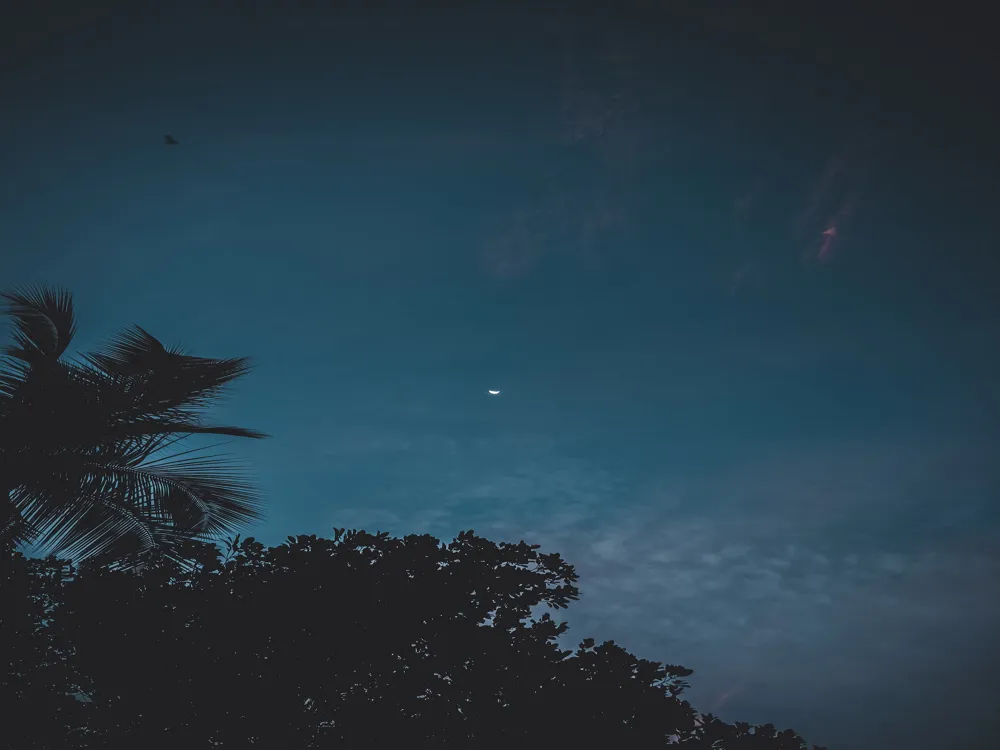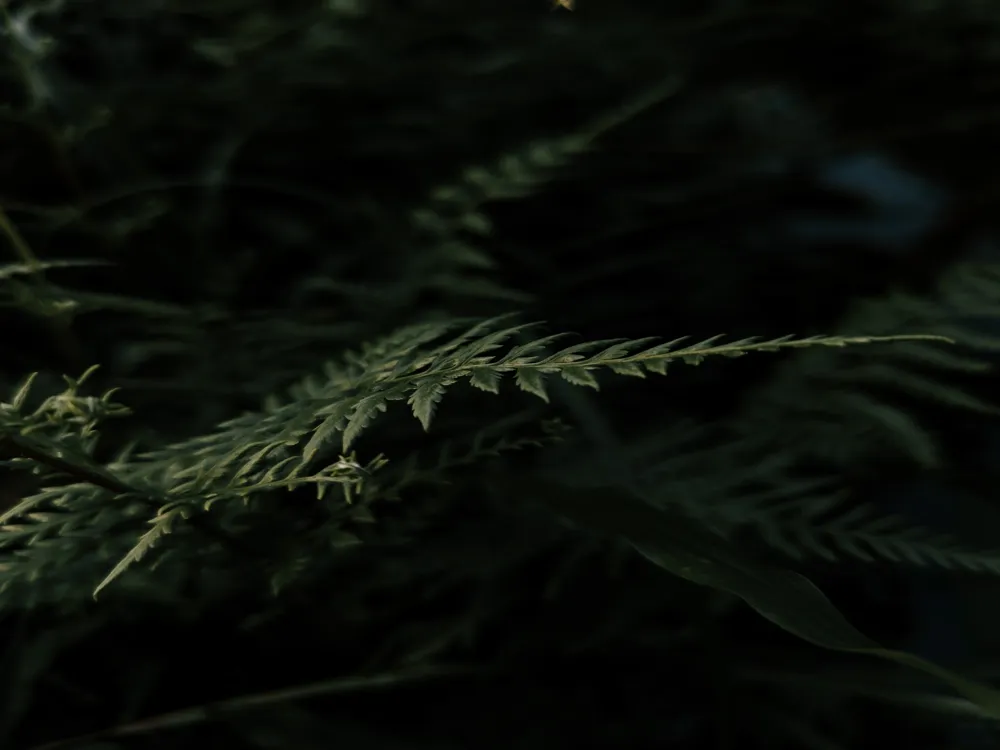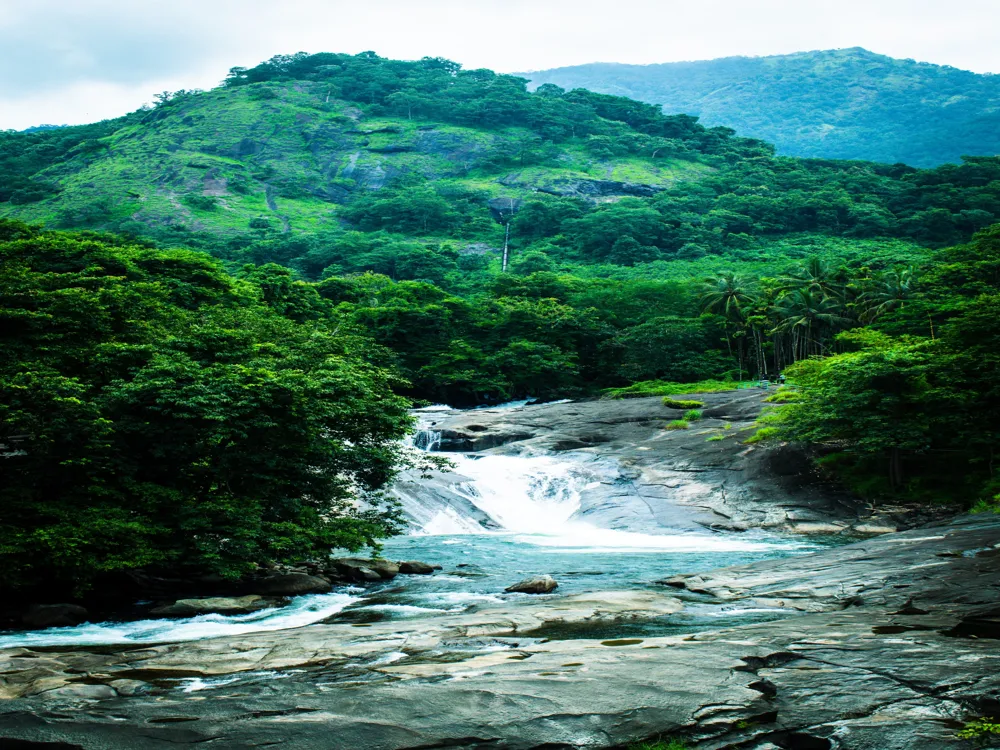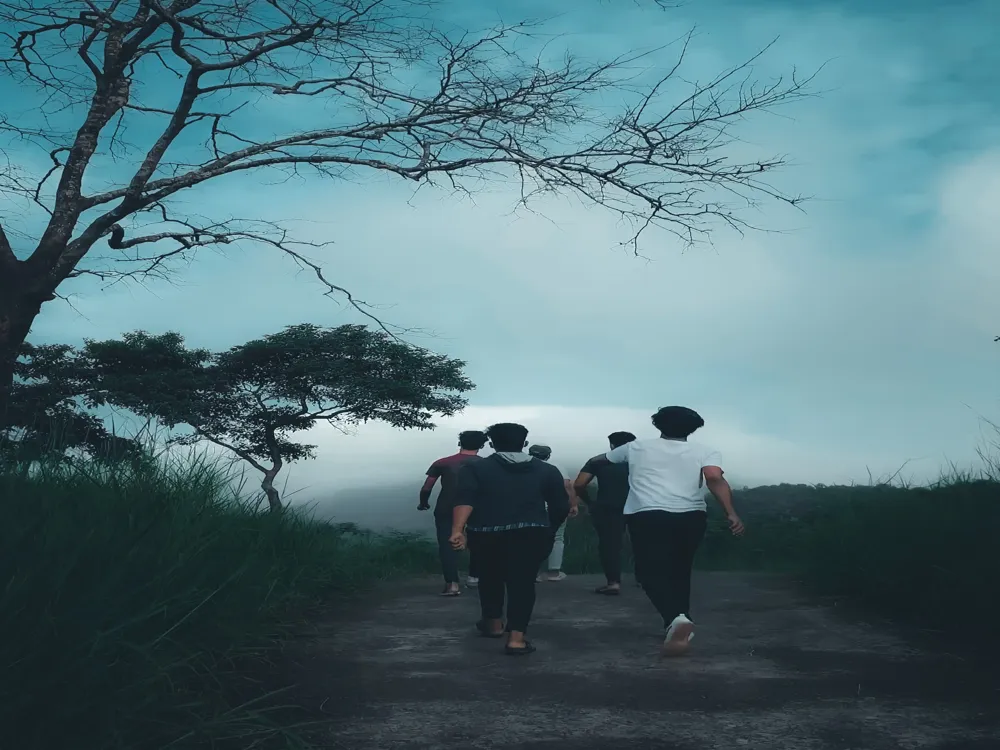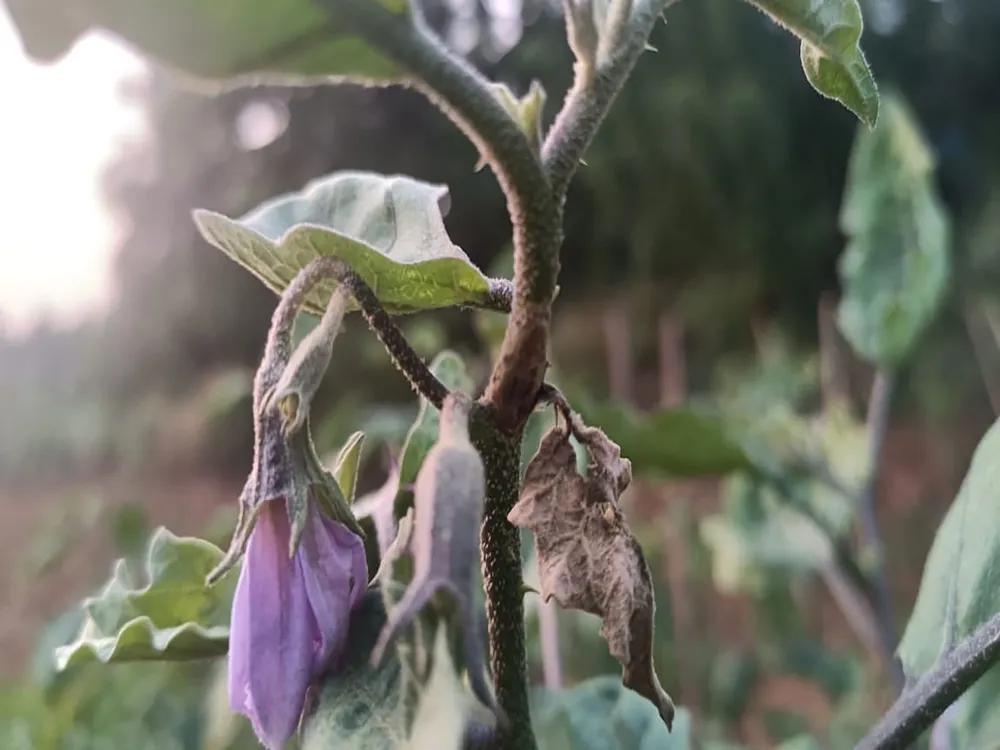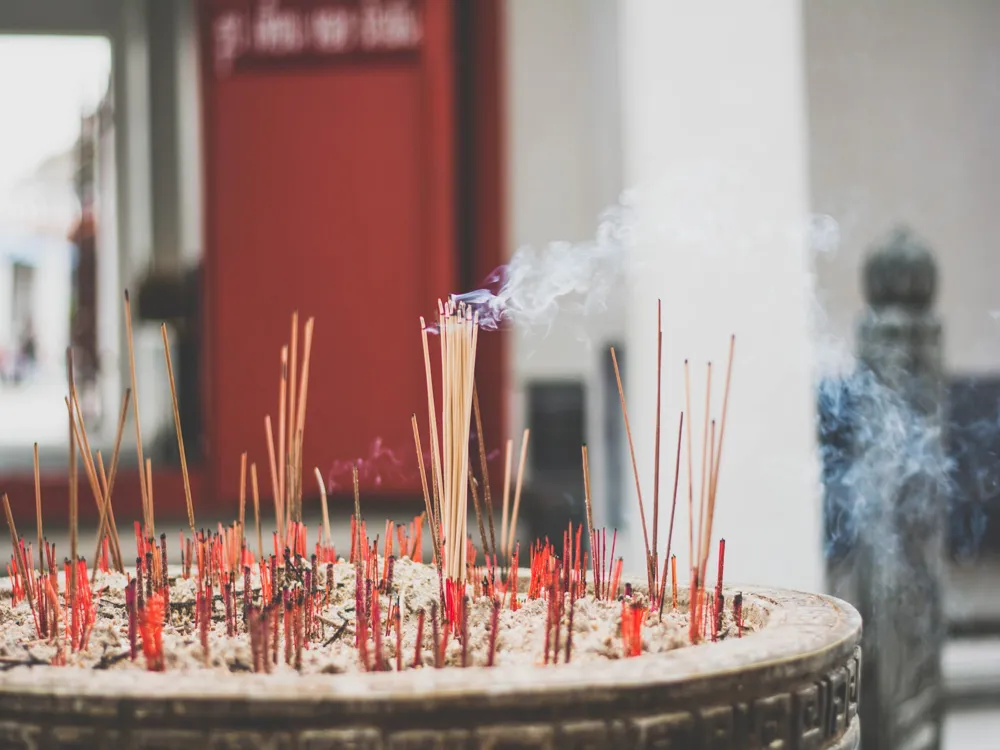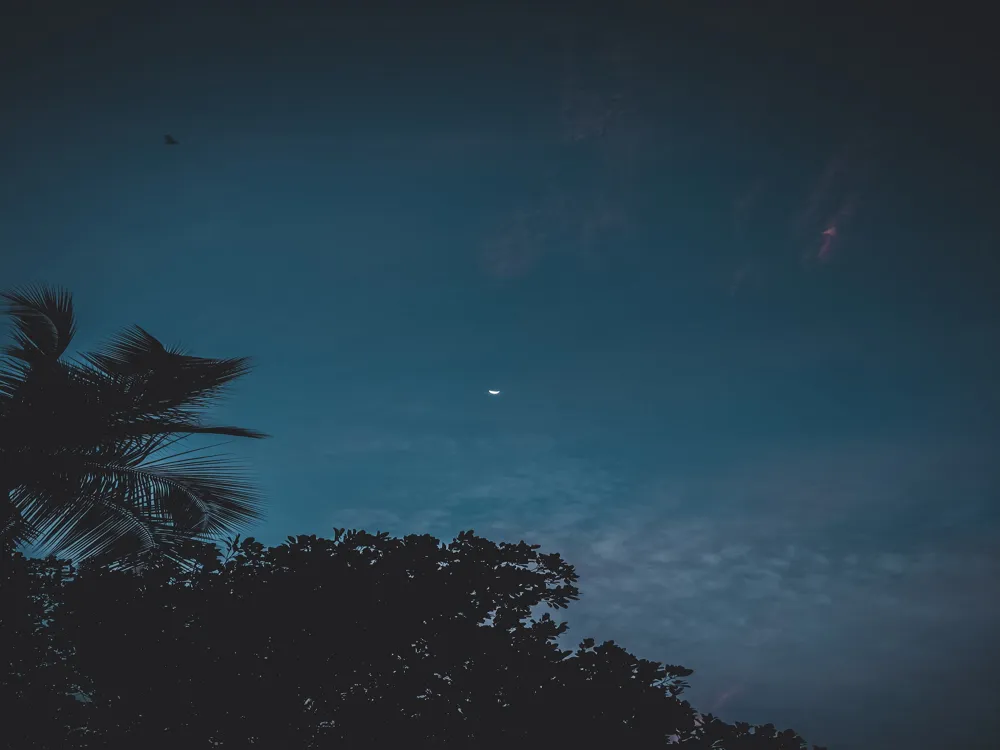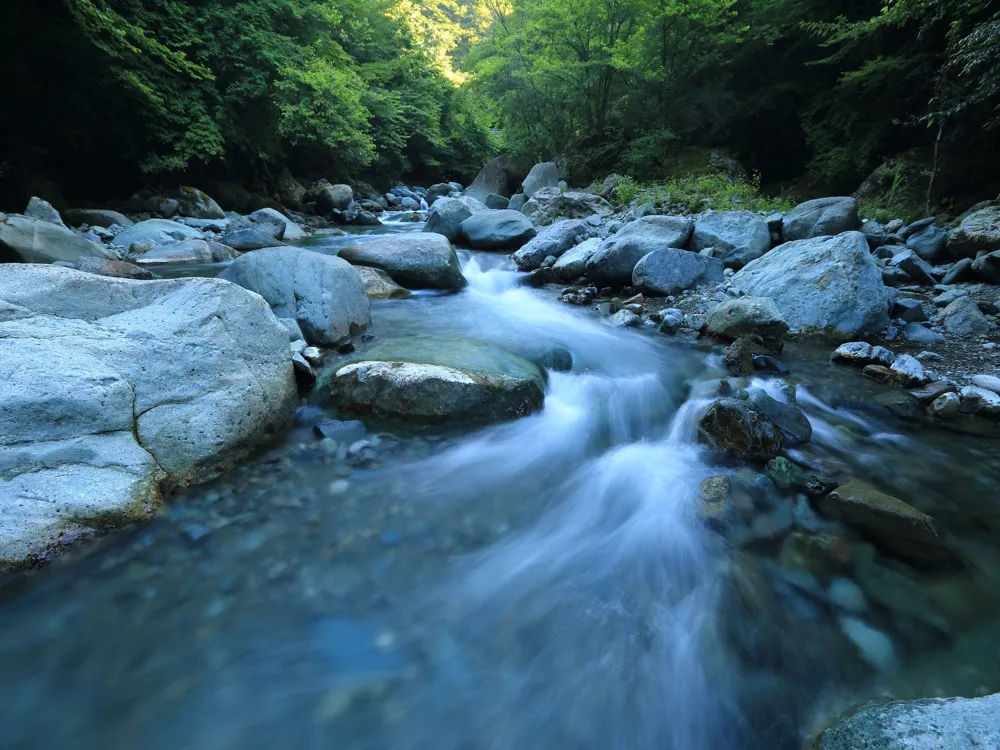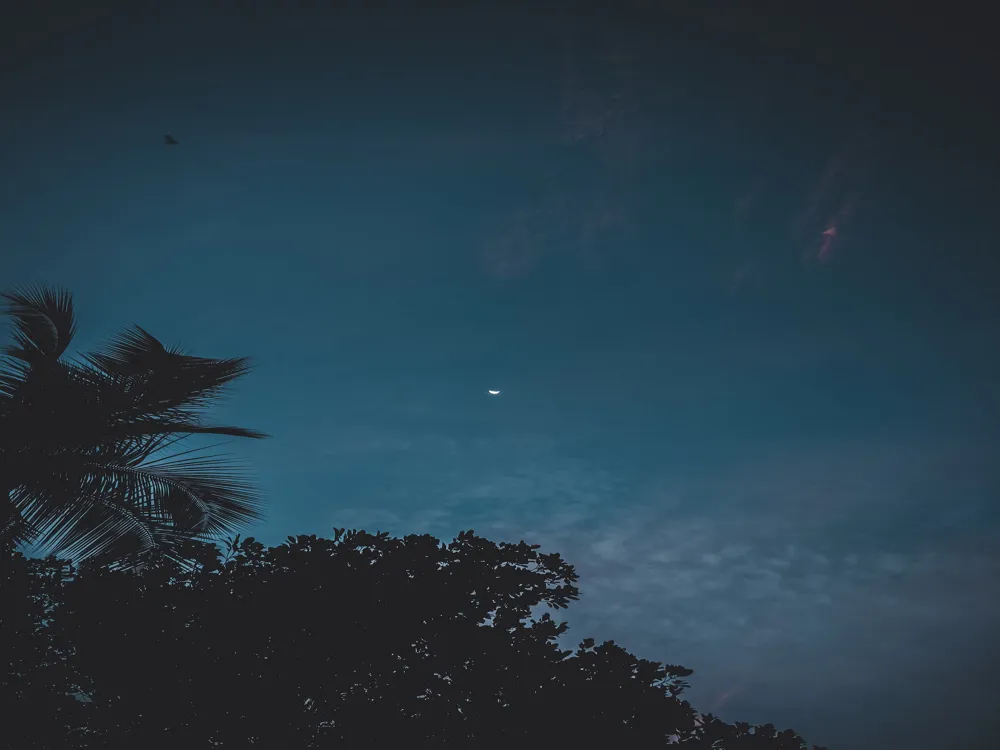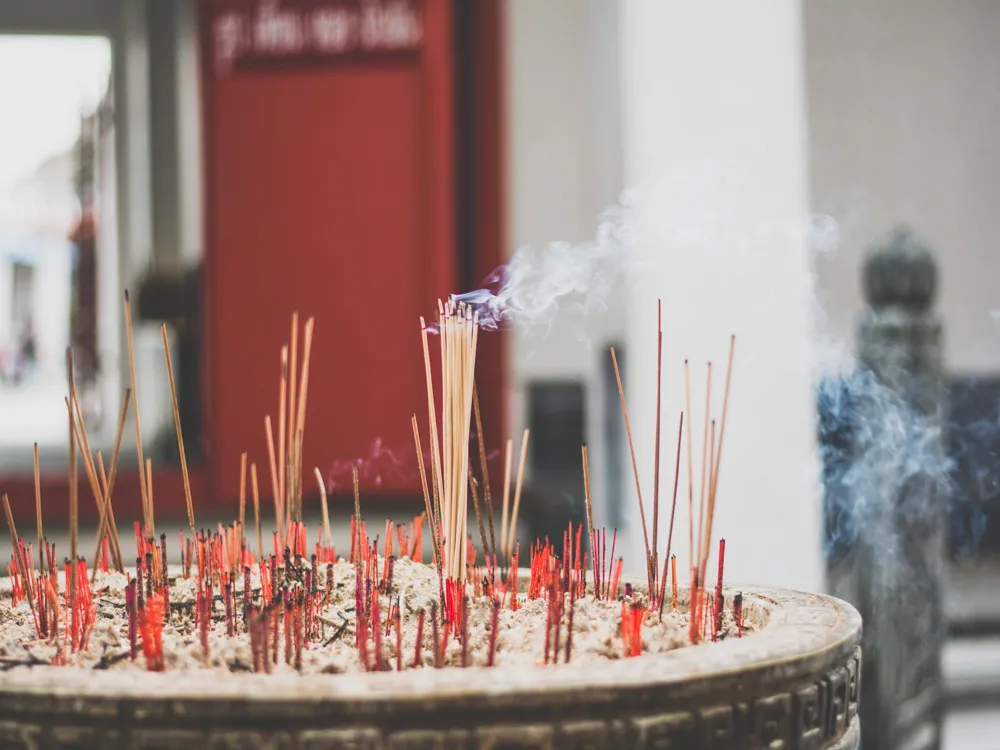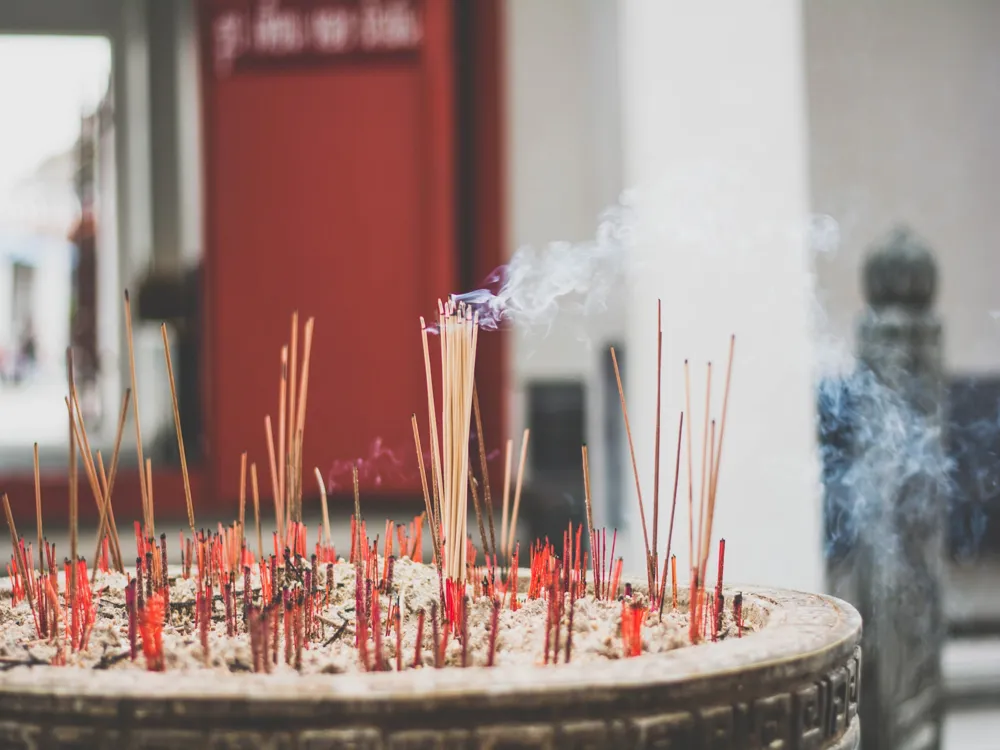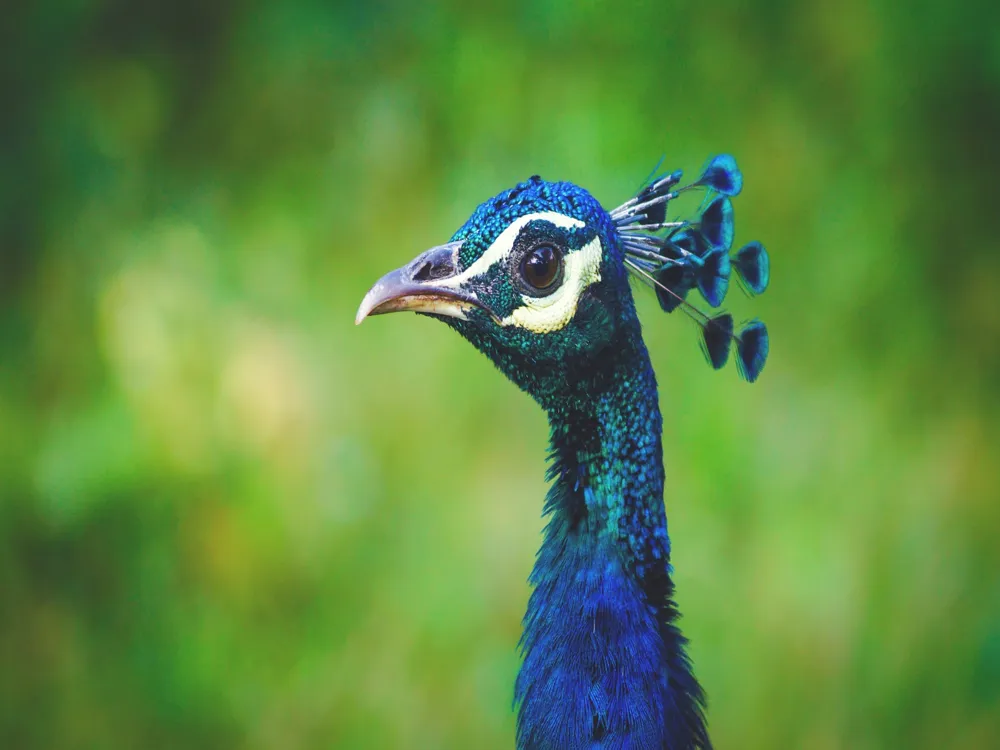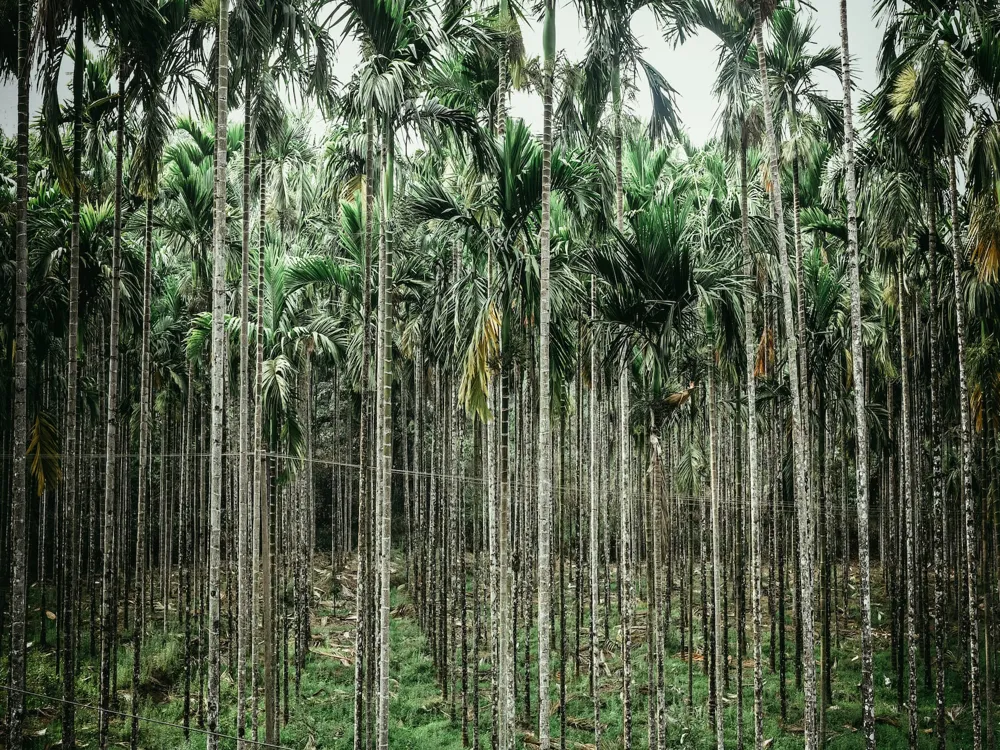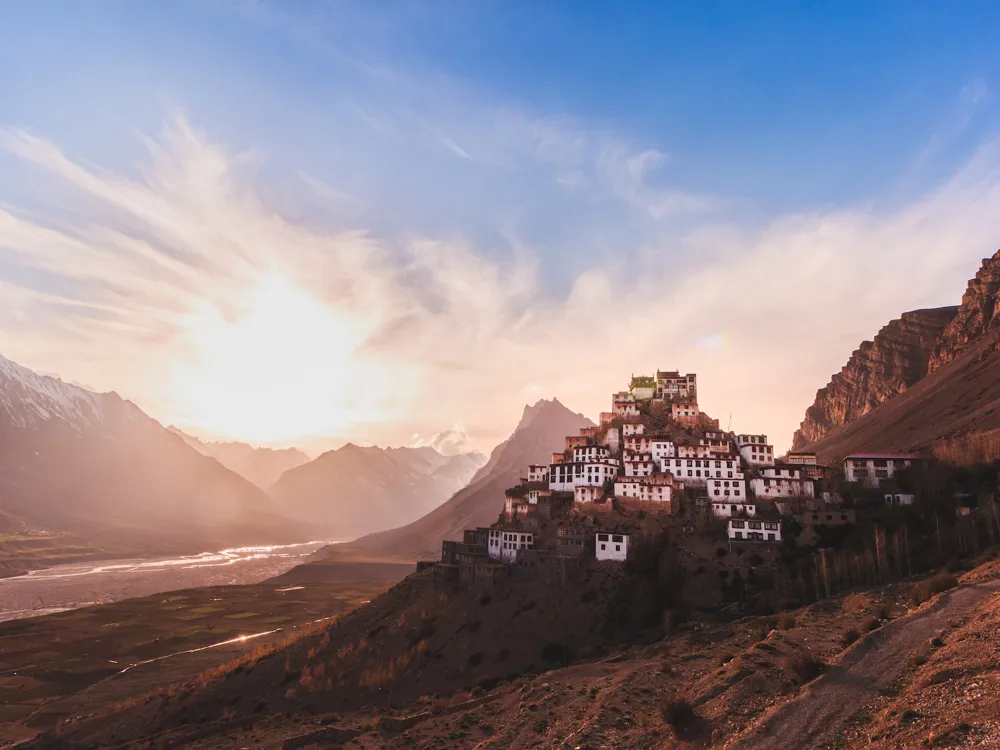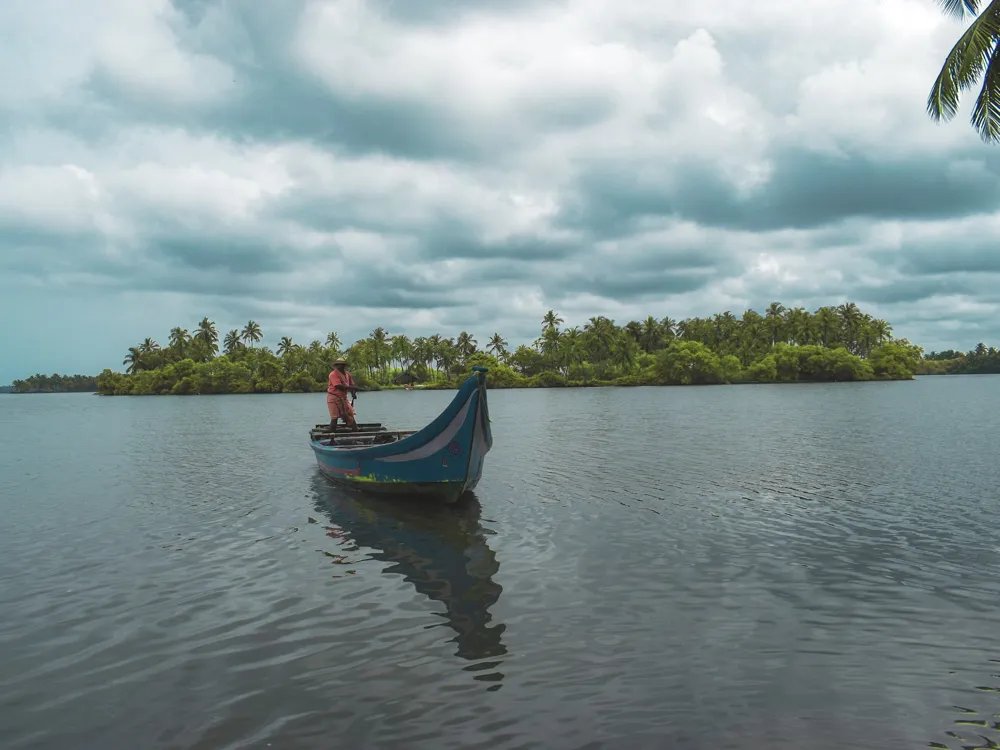Best Time to Visit Malappuram
Kerala India
37 out of 49 Places to visit in KeralaNaN onwards View Packages
Get Customized PackagesThe Land of Diversity
Top Hotel Collections

Private Pool

Luxury Hotels

5-Star Hotels

Pet Friendly
What is the Best Time to Visit Malappuram?
Malappuram, a jewel in the heart of Kerala, offers a delightful blend of culture, history, and nature. When planning your visit to this enchanting destination, timing is key to ensuring an unforgettable experience. Let's delve into the Best Time to Visit Malappuram and explore the various seasons that shape the charm of this region.
More about Best Time to Travel to Malappuram
Travel Peak Season in Malappuram
The peak season in Malappuram spans from November to February, providing visitors with a magical atmosphere. The weather during these months is characterized by cool temperatures and a pleasant breeze. This period is ideal for exploring the rich cultural heritage of Malappuram, including its ancient temples and mosques.
Travel Offseason in Malappuram
For those seeking a quieter and more budget-friendly experience, the offseason, from June to September, presents a unique charm. While the occasional rainfall is expected, the lush green landscapes and reduced crowds offer a serene setting. It's a fantastic time for introspection and connecting with nature.
Malappuram Travel Packages
View All Packages For Malappuram
Malappuram in Shoulder Season
Transitioning Beauty: March to May
The shoulder season, from March to May, showcases Malappuram in transition. As the region prepares for the upcoming monsoon, visitors can witness the vibrant flora in full bloom. The temperature rises slightly, creating a warm ambiance that is perfect for outdoor activities.
Malappuram in Hot Season
Embracing the Warmth: April to June
The hot season, extending from April to June, invites those who appreciate the warmth of the sun. While temperatures may rise, this period offers unique experiences like exploring Malappuram's outdoor markets and enjoying refreshing coconut water. Be sure to stay hydrated and embrace the tropical vibe.
Malappuram in Rainy Season
Monsoon Magic: June to September
The monsoon season, from June to September, transforms Malappuram into a lush paradise. Rain showers bring life to the landscapes, and the aroma of wet earth fills the air. Although outdoor activities may be limited, this season is perfect for nature enthusiasts and those who appreciate the beauty of the rain.
Malappuram in Cool Season
Refreshing Breezes: October to February
As winter sets in from October to February, Malappuram experiences a cool and pleasant climate. This is undoubtedly the best time to explore the outdoor attractions, indulge in local cuisine, and witness the vibrant festivals celebrated with enthusiasm.
In conclusion, the best time to visit Malappuram depends on your preferences and the experiences you seek. Whether it's the vibrant festivities of winter, the tranquility of the offseason, or the lush greenery of the monsoon, Malappuram has something to offer throughout the year.
Places To Visit In Malappuram
Nearby Places Malappuram
Malappuram Photos
View All Photos For MalappuramBrowse Package Collections
Browse Hotel Collections
Faq
1. When is the ideal time to plan a trip to Malappuram?
The best time to visit Malappuram is during the winter months, from November to February. The weather is pleasant, with cooler temperatures and minimal rainfall, making it ideal for outdoor activities and exploration.
2. How is the weather in Malappuram during the summer months?
Malappuram experiences hot and humid weather from March to May. While some travelers may find this period suitable for cultural experiences and indoor activities, it is advisable to be prepared for high temperatures and occasional rainfall.
3. What can one expect during the monsoon season in Malappuram?
The monsoon season in Malappuram occurs from June to September, bringing heavy rainfall. While the lush green landscape during this time is visually stunning, outdoor activities may be hindered. It's recommended to check weather forecasts and plan accordingly.
4. Are there any festivals or events that one should consider when planning a visit to Malappuram?
Malappuram hosts various cultural and religious festivals throughout the year. The Malappuram Nercha, held at the Thirumandhamkunnu Bhagavathy Temple, is a significant event. Planning your visit during such festivals can provide a unique cultural experience.
5. Is wildlife viewing better during specific months in Malappuram?
Wildlife enthusiasts may find the post-monsoon months (October to December) suitable for exploring wildlife sanctuaries in and around Malappuram. During this time, the weather is favorable, and the chances of spotting diverse fauna are higher.

